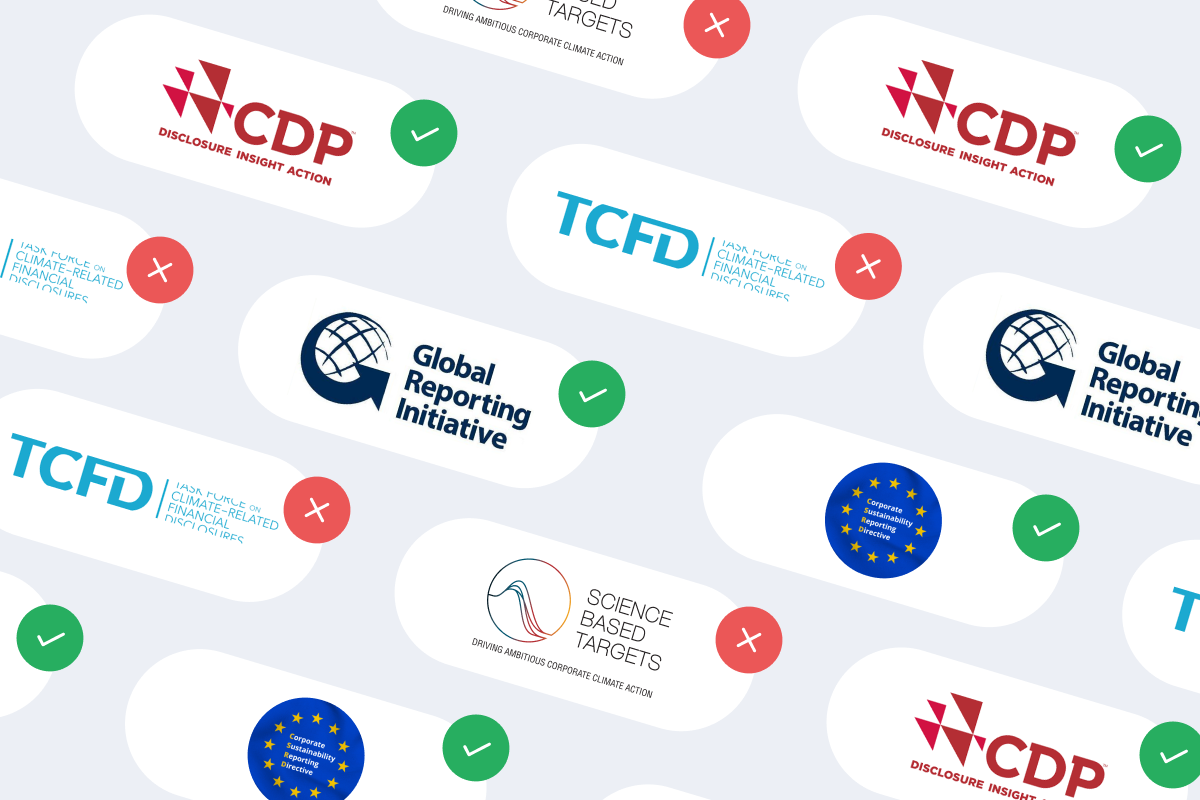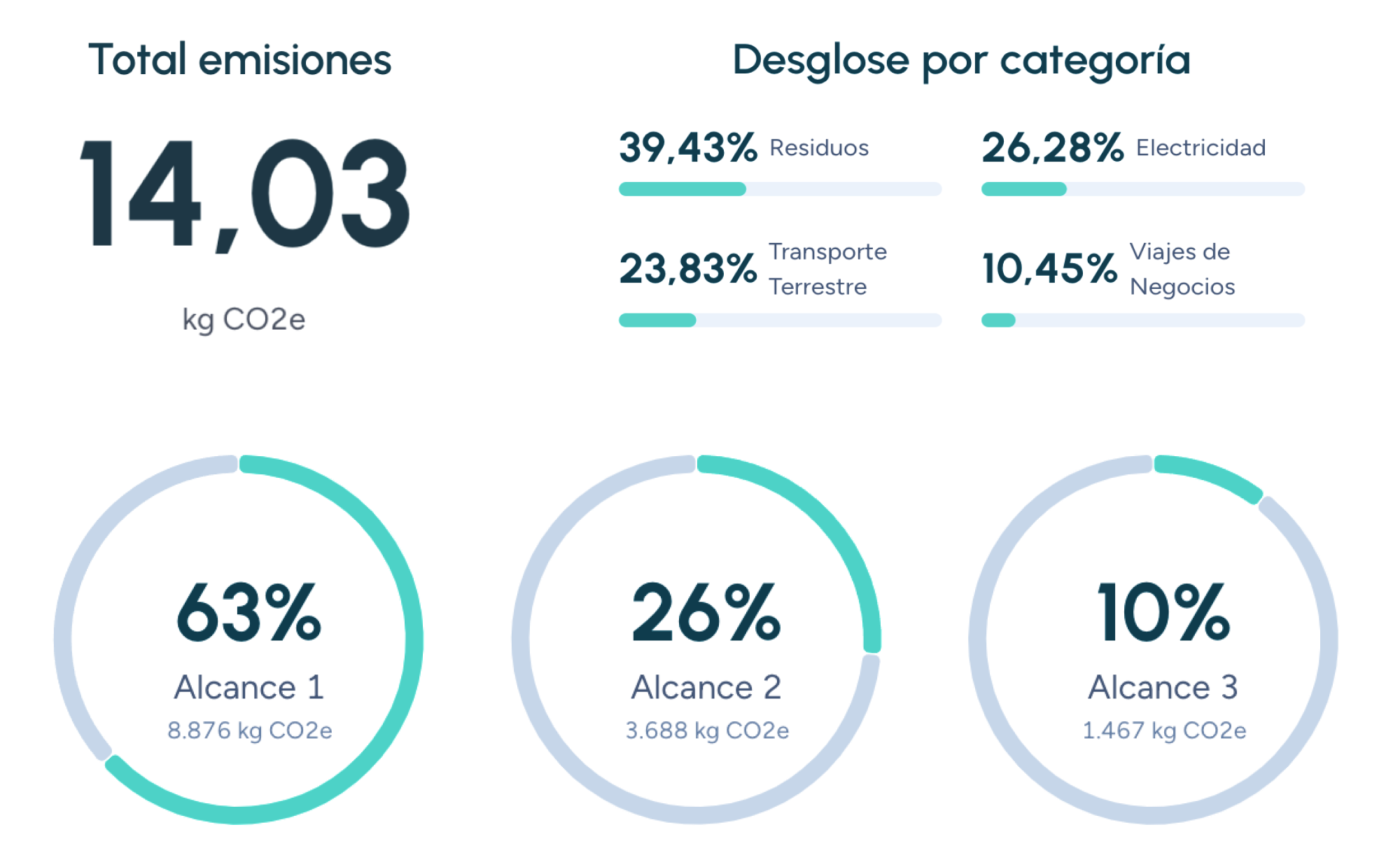G
Global warming
Global warming refers to the gradual increase in the Earth’s average temperature—both in the atmosphere and the oceans—due to rising concentrations of greenhouse gases (GHGs) in the atmosphere. This phenomenon, primarily caused by human activity since the Industrial Revolution, is one of the greatest threats facing humanity in the 21st century.
Causes of global warming
The main causes of global warming are linked to human activities, particularly:
- Fossil fuel combustion: Burning coal, oil, and natural gas for energy, transportation, and industry releases large amounts of CO₂ into the atmosphere.
- Deforestation: Trees absorb CO₂ through photosynthesis. Deforestation and forest degradation reduce ecosystems’ ability to absorb this gas, increasing its atmospheric concentration.
- Agriculture and livestock: Industrialized agriculture and intensive livestock farming are major sources of GHG emissions, particularly methane and nitrous oxide, from manure management and nitrogen fertilizers.
- Industrial processes: Some industrial activities, such as cement and steel production, release GHGs during manufacturing.
Consequences of global warming
Global warming has significant consequences for the planet and its inhabitants:
- Sea level rise: Melting glaciers and polar ice due to rising temperatures contribute to rising sea levels, threatening coastal and island regions.
- Extreme weather events: Global warming intensifies the frequency and severity of extreme events such as heatwaves, droughts, floods, and storms.
- Biodiversity loss: Climate change disrupts ecosystems and species, altering migration patterns, food availability, and reproductive cycles, which can lead to extinctions.
- Human health impacts: Global warming directly and indirectly affects human health, increasing respiratory and cardiovascular diseases, malnutrition, and the spread of infectious diseases.
Carbon footprint measurement and its relationship to global warming
The carbon footprint is an environmental indicator that measures the total amount of GHGs emitted directly or indirectly by a person, organization, product, or event. It is expressed in tons of CO₂ equivalent (tCO₂e), which allows comparison of emissions from different GHGs based on their global warming potential.
Measuring the carbon footprint is essential to understand the impact of our activities on climate change. By quantifying emissions, we can identify major sources of GHGs and take action to reduce our impact. Reducing the carbon footprint is key to mitigating global warming and its consequences.
The Greenhouse Gas Protocol (GHG Protocol) and carbon footprint measurement
The Greenhouse Gas Protocol (GHG Protocol) is an international standard developed by the World Resources Institute (WRI) and the World Business Council for Sustainable Development (WBCSD) that provides a framework for GHG accounting and reporting. It defines three scopes for carbon footprint measurement:
- Scope 1 emissions: Direct emissions from sources owned or controlled by the company, such as fossil fuel combustion in company facilities.
- Scope 2 emissions: Indirect emissions from the generation of purchased electricity, heat, or steam.
- Scope 3 emissions: Other indirect emissions across the product or service life cycle, including business travel, product transport, and customer use-phase emissions.
The GHG Protocol is widely used by businesses, governments, and other organizations to measure and manage their GHG emissions. Adopting this standard enables consistent emissions data reporting across entities and supports the implementation of effective emissions reduction strategies.
Companies that trust us

Blue Water Footprint
The blue water footprint represents the volume of surface and groundwater withdrawn from rivers, lakes, reservoirs, and aquifers to produce goods and services.
Blue Water Scarcity
Blue water scarcity is an indicator that compares the consumption of surface and groundwater resources (blue water footprint) with the availability of renewable freshwater within a river basin over a specific period.
Blue carbon
Blue carbon refers to the carbon stored in coastal and marine ecosystems, such as mangroves, seagrass meadows, and salt marshes.
Guiding businesses towards net-zero emissions through AI-driven solutions.
© 2025 Manglai. All rights reserved
Política de Privacidad


